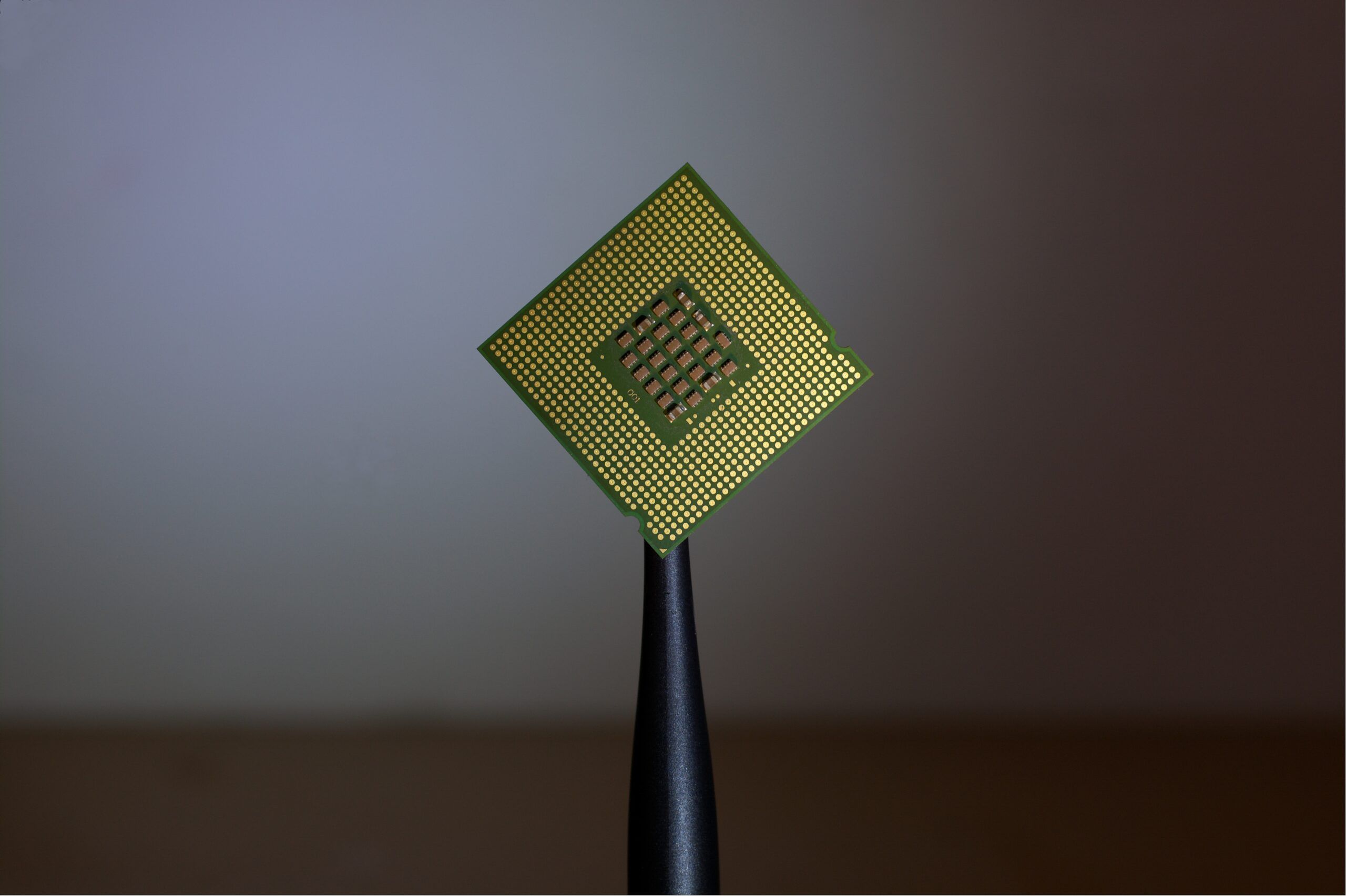the European Chips Act enters into force. It puts in place a comprehensive set of measures to ensure the EU’s security of supply, resilience and technological leadership in semiconductor technologies and applications.
Semiconductors are the essential building blocks of digital and digitised products. From smartphones and cars, through critical applications and infrastructures for healthcare, energy, defence, communications and industrial automation, semiconductors are central to the modern digital economy. They are also at the centre of strong geostrategic interests and the global technological race.
Concretely the European Chips Act will strengthen manufacturing activities in the Union, stimulate the European design ecosystem, and support scale-up and innovation across the whole value chain. Through the European Chips Act, the European Union aims to reach its target to double its current global market share to 20% in 2030.
Three Pillars of the European Chips Act
The European Chips Act consists of three main pillars.
The first pillar – the Chips for Europe Initiative – reinforces Europe’s technological leadership, by facilitating the transfer of knowledge from the lab to the fab, bridging the gap between research and innovation and industrial activities and by promoting the industrialisation of innovative technologies by European businesses. The Chips for Europe Initiative will be primarily implemented by the Chips Joint Undertaking.
The Initiative will be supported by €3.3 billion of EU funds, which is expected to be matched by funds from Member States. Concretely, this investment will support activities such as the setting up of advanced pilot production lines to accelerate innovation and technology development, the development of a cloud-based design platform, the establishment of competence centres, the development of quantum chips, as well as the creation of a Chips Fund to facilitate access to debt financing and equity.
The second pillar of the European Chips Act incentivises public and private investments in manufacturing facilities for chipmakers and their suppliers.

The Chip Act to secure EU digital sovereignty |
The second pillar creates a framework to ensure security of supply by attracting investments and enhancing production capacities in semiconductor manufacturing. To this end, it sets out a framework for Integrated Production Facilities and Open EU Foundries that are “first-of-a-kind” in the Union and contribute to the security of supply and to a resilient ecosystem in the Union interest. The Commission has already indicated at the time of the Chips Act proposal that State aid may be granted to first-of-a-kind facilities, in accordance with the Treaty on the functioning of the European Union.
In its third pillar, the European Chips Act has established a coordination mechanism between the Member States and the Commission for strengthening collaboration with and across Member States, monitoring the supply of semiconductors, estimating demand, anticipating shortages, and, if necessary, triggering the activation of a crisis stage. As a first step, a semiconductor alert system has been set up on 18 April 2023. It allows any stakeholder to report semiconductor supply chain disruptions.
More information: European Commission







Leave a Reply